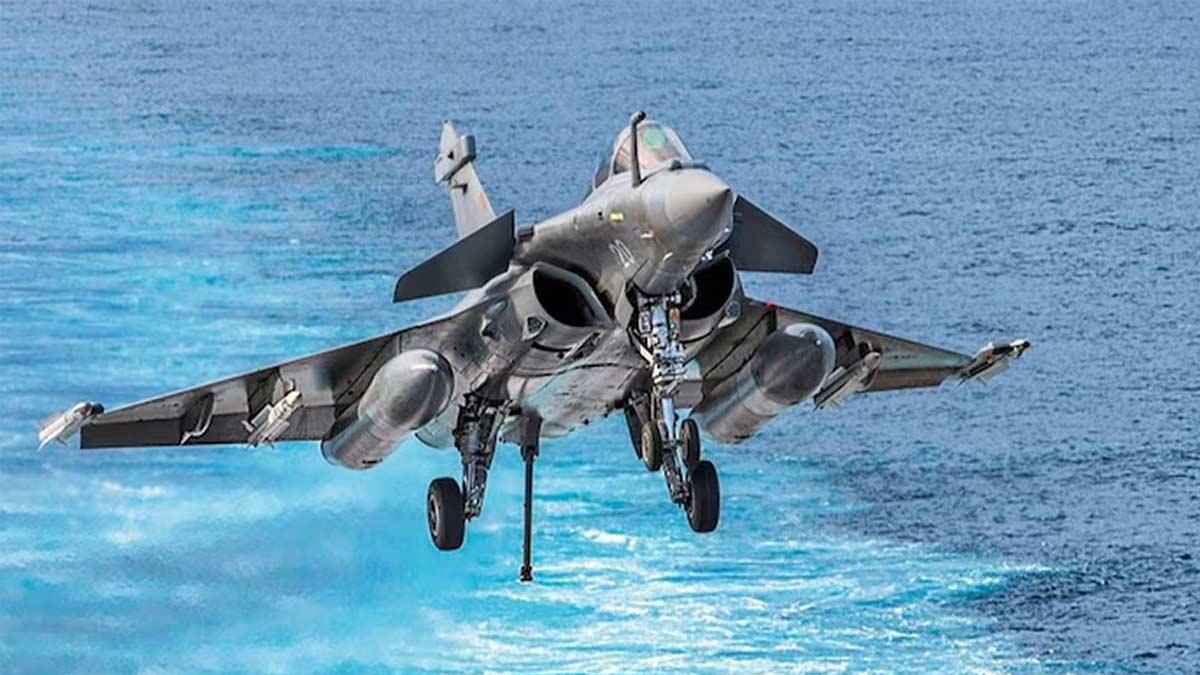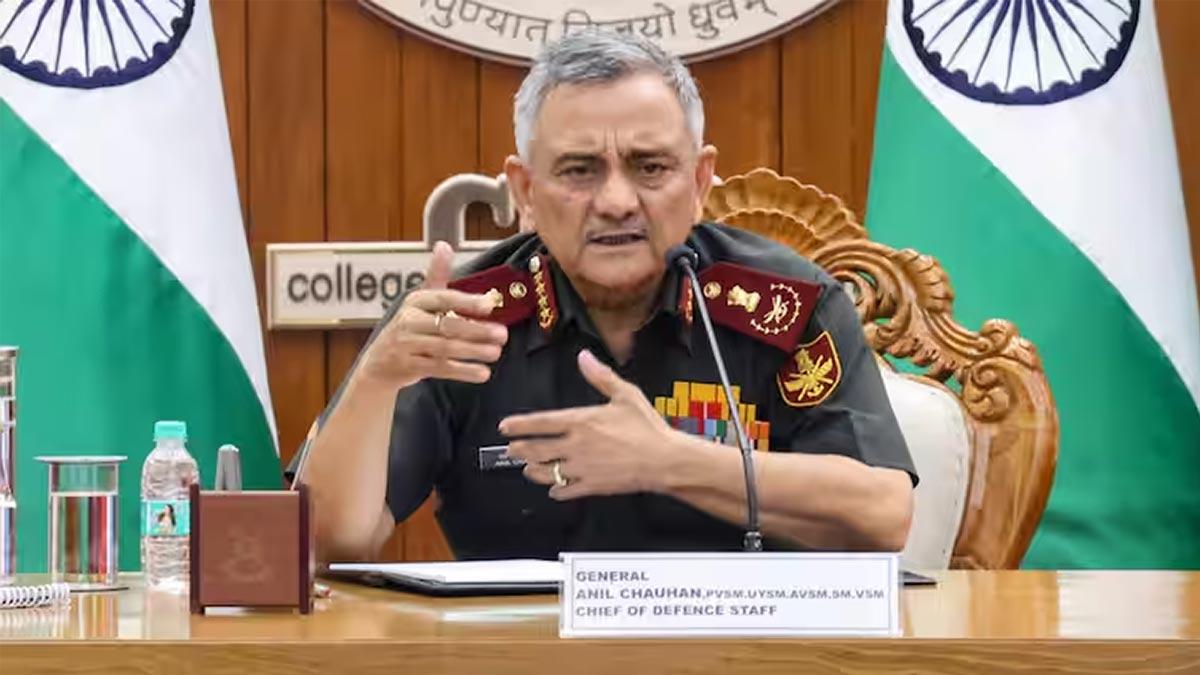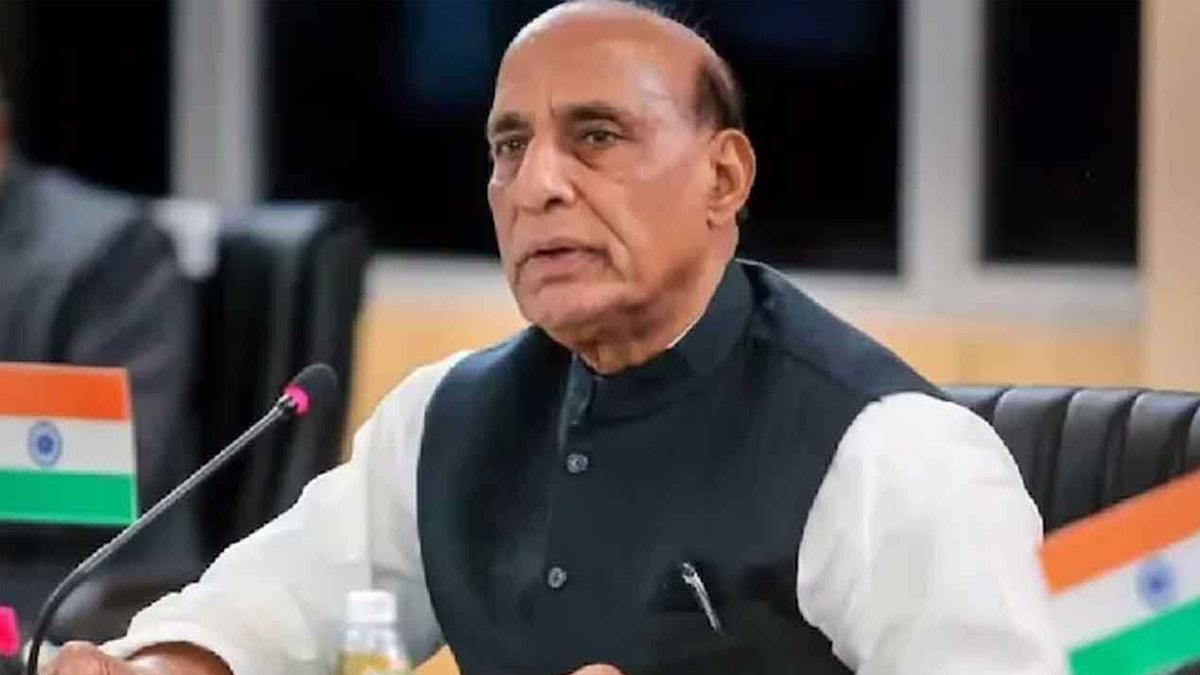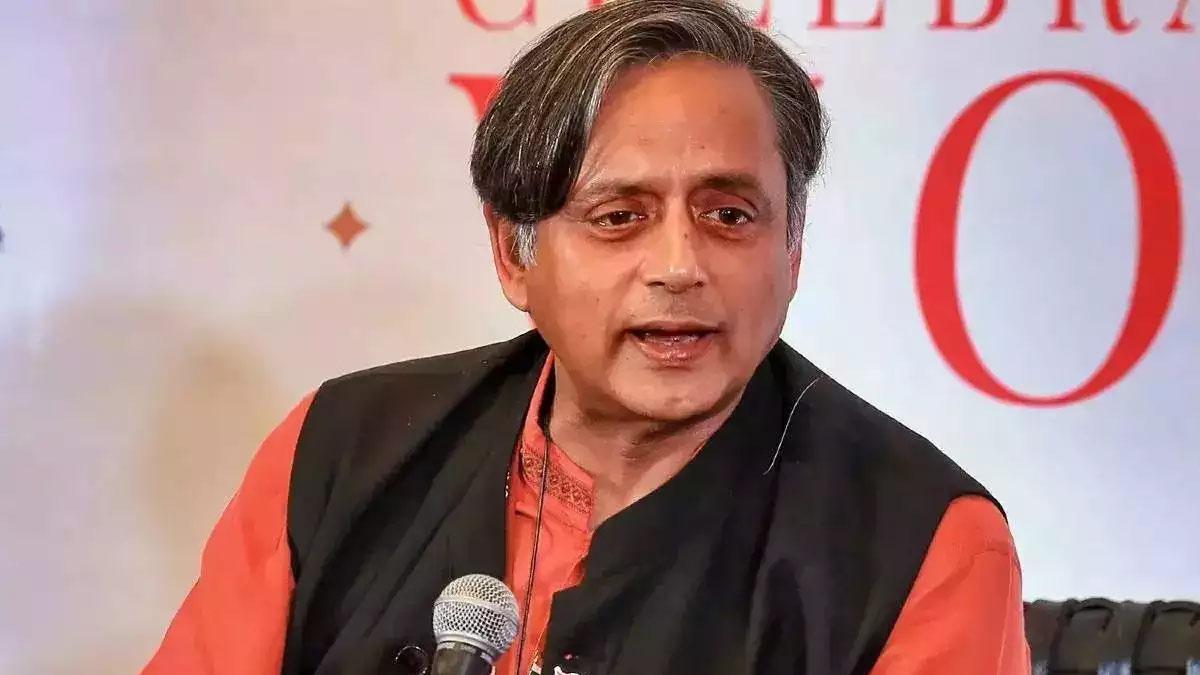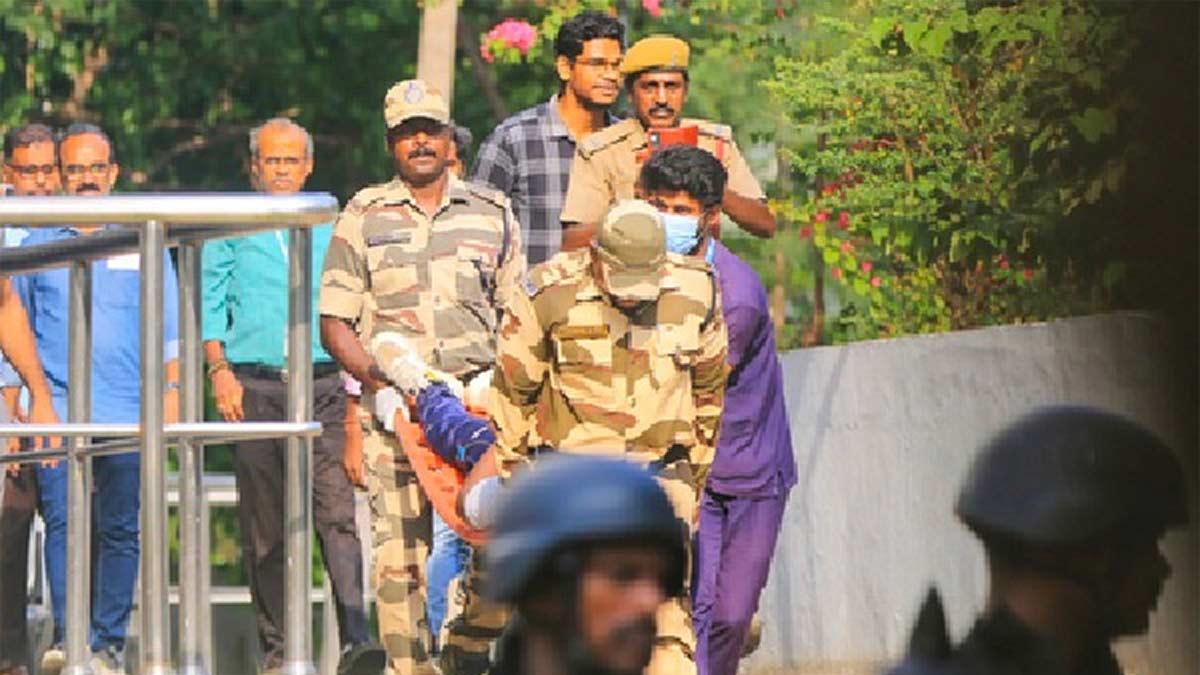In the opinion of top military analyst John Spencer, India's Operation Sindoor was not just a victory of India's military over Pakistan but also a triumphant victory in India's technological race with China.
Spencer, the Chair of Urban Warfare Studies at the Modern War Institute at the US Army Military Academy, noted that India fought and won as an independent military force while Pakistan operated as a China surrogate and lost.
In an article on X, Spencer wrote about Operation Sindoor as a confrontation between India's indigenous military might and Pakistan's dependence on Chinese arms, with India emerging victorious as a sole affirmation of technical superiority.
"Operation Sindoor pitted India's indigenous weaponry systems against Chinese-provided platforms operated by Pakistan. And India didn't merely triumph on the battlefield — it triumphed in the technology referendum. What transpired was not merely retaliation, but strategic debut of a sovereign arsenal constructed under the dual doctrines of Make in India and Atmanirbhar Bharat," Spencer clarified.
In Operation Sindoor, India attacked Pakistani terrorist camps in Pakistan and Pakistan Occupied Jammu and Kashmir (POJK). India responded to the missile and drone attacks by Pakistan by hitting Pakistani military facilities. In the four-day battle that ended on May 10 after Pakistan asked for a ceasefire, India hit at least eight Pakistani airbases and other important military installations like air defense units and radar sites.
During the war, Pakistan relied extensively on foreign military hardware — China's JF-17 fighter aircraft, U.S. F-16s, Turkish drones, and Chinese HQ-9 air defense systems. These were countered effectively by India's homegrown systems such as BrahMos missiles, the Akash and Akashteer air defense systems, and by combining cutting-edge foreign assets such as Rafale fighters, Scalp missiles, and the S-400 system with indigenous technologies.
Spencer hailed Operation Sindoor as a “full-scale validation of India’s defense transformation” that began with Prime Minister Narendra Modi’s ‘Make in India’ campaign in 2014 and gained fresh momentum with the ‘Atmanirbhar Bharat’ initiative in 2020.
By executing Operation Sindoor, India demonstrated to the world what true self-reliance in modern warfare entails.
"Operation Sindoor was not a war effort. It was a demo of technology, a signal to the market, and a strategic roadmap. India demonstrated to the world what self-reliance in contemporary warfare means—and showed that 'Atmanirbhar Bharat' is effective in combat," Spencer added.
Mirroring India's new emphasis on domestic defense capabilities after the success of Operation Sindoor, the government has sanctioned prototype development of the Advanced Medium Combat Aircraft (AMCA), a domestic fifth-generation fighter.
Read also| Five prototypes of AMCA to be developed before series production, Says Rajnath Singh

